Disasters
TOP STORY
Protecting Utah
Public comment open on 2019 Utah State Hazard Mitigation Plan
Public comment on the plan is open until March 6, 2019.
This is part of our ongoing series of posts about natural hazards in Utah and what you need to know about them. Join the conversation on social media with the hashtag #UtahHazards411.
The State of Utah Hazard Mitigation Plan 2019 update is required to be available for public review and comment. The plan, which was last updated in March 2014, reassesses the state’s risks to natural hazards.
See below for 11 sample recommendations
The plan was completed in partnership with a number of state, federal and local agencies, universities and non-governmental organizations. The updated plan identifies hazards that affect Utah and outlines mitigation goals while meeting requirements outlined in 44CFR 201.4. Click here to review the plan and comment.

11 sample recommendations in the 2019 State Hazard Mitigation Plan
| Hazard | Recommendation |
| Flood | Cities and counties should ensure they are regularly removing debris from flood channels and drainages. They should also should also investigate the construction of debris basins, flood retention ponds or other flood energy dissipaters. |
| Flood | Mitigate against post-wildfire flooding by identifying areas where re-vegetation is necessary. Homeowners who live below burn scars should consider flood insurance. |
| Flood | The state should work to create digital Flood Insurance Rate Maps for every county in Utah. As maps are created, some homeowners will learn they are in flood hazard areas. It is better to know your risk than be surprised. |
| Flood | Cities and counties should place riprap in strategic locations, increase the size of bridges and culverts, acquire flood-prone properties and sustain and promote No Adverse Impact, sponsored by the Association of State Floodplain Managers. |
| Geologic Hazards | Counties, cities and towns should adopt geologic hazards ordinances to protect property owners from building in unsafe areas. Properties currently in geologic hazard areas should be acquired to minimize risks to property. |
| Geologic Hazards | Develop a statewide incentive for homeowners to retrofit unreinforced masonry homes, which perform poorly during intense shaking. This program could be similar to the Fix The Bricks program run by Salt Lake City. |
| Wildfire | Reduce hazardous fuel loads around critical facilities, infrastructure, watersheds and near communities located in the wildland urban interface areas (areas that border Utah’s natural lands). |
| Wildfire | Increase the number of Firewise communities in Utah. Currently, there are only 28. |
| Drought | Policy leaders should update and adopt ordinances dealing with landscape requirements, including water-efficient landscaping, water efficiency plans, climate resiliency plans, water waste prohibition and water shortage plans. |
| Avalanche | Continued support and funding of the Utah Avalanche Center (UAC). Continued support of protection for Utah’s roads and transportation networks at risk from avalanches. |
| Dam Failure | Support of Utah Division of Water Rights Dam Safety which continues to conduct inspections of high hazard dams and publishes dam safety information. |
Please click here to comment on the plan by March 6, 2019.
Joe Dougherty is the public information officer for the Utah Department of Public Safety
Division of Emergency Management (dem.utah.gov). Jdougherty@utah.gov
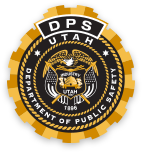
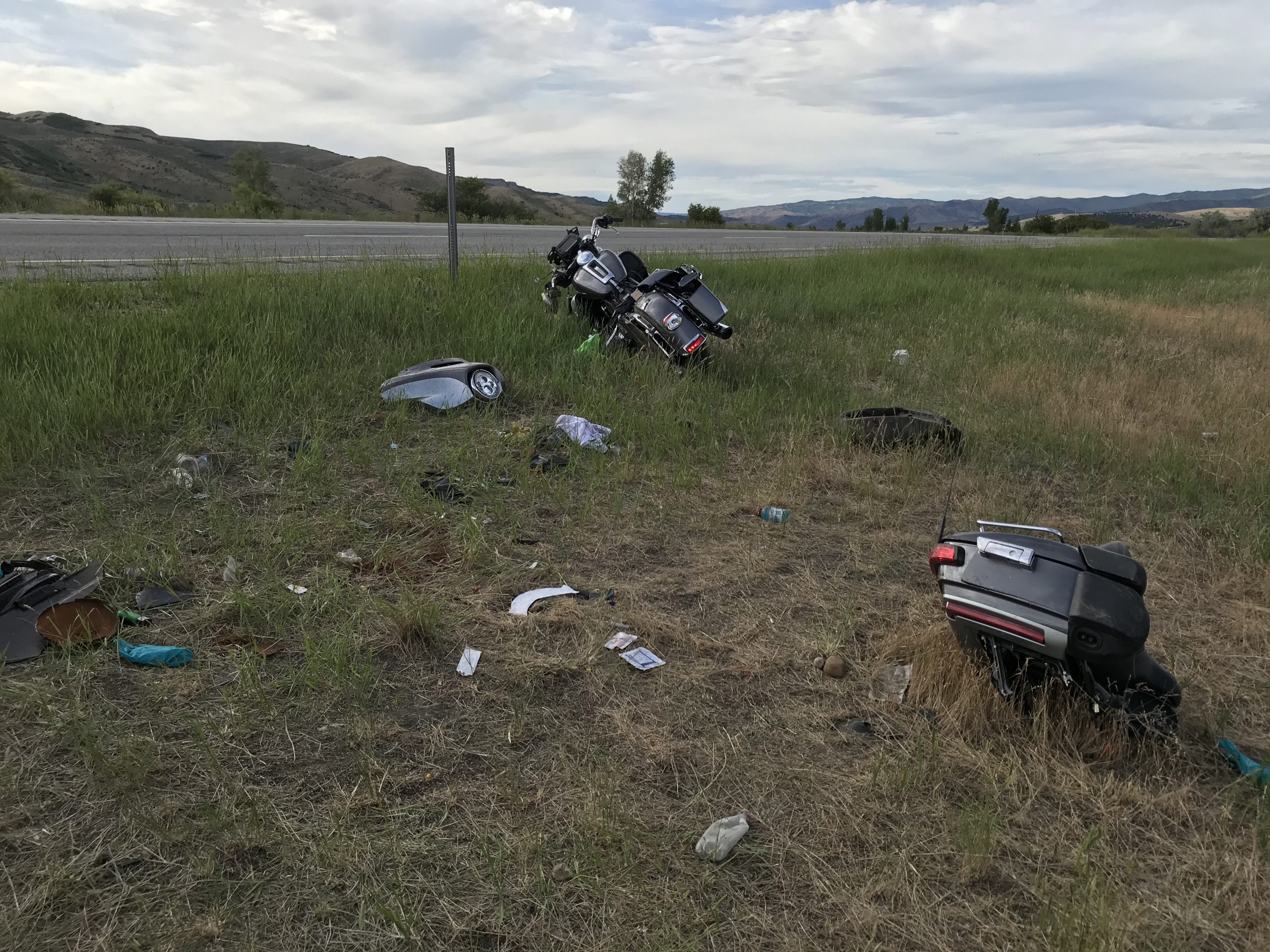
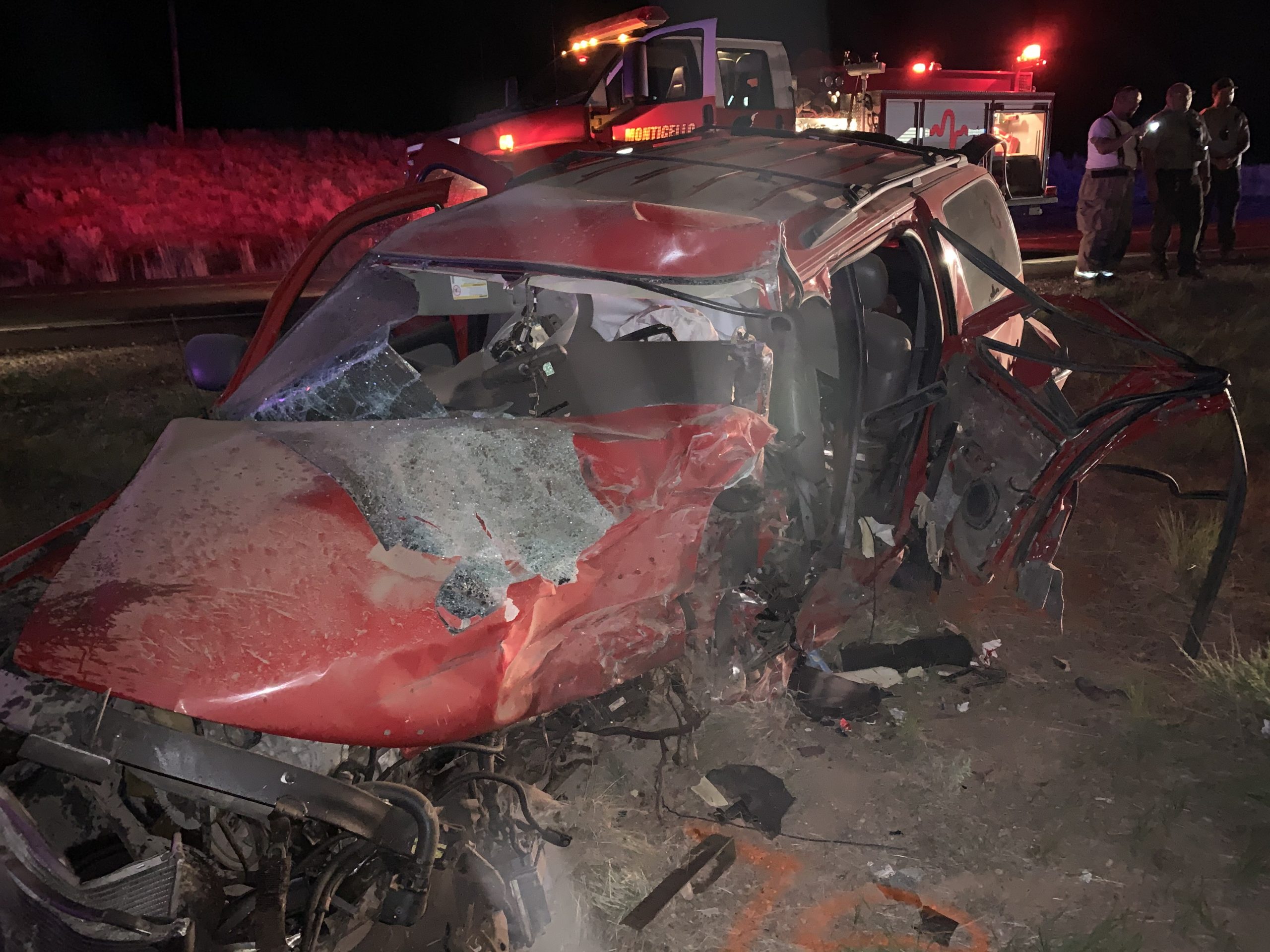
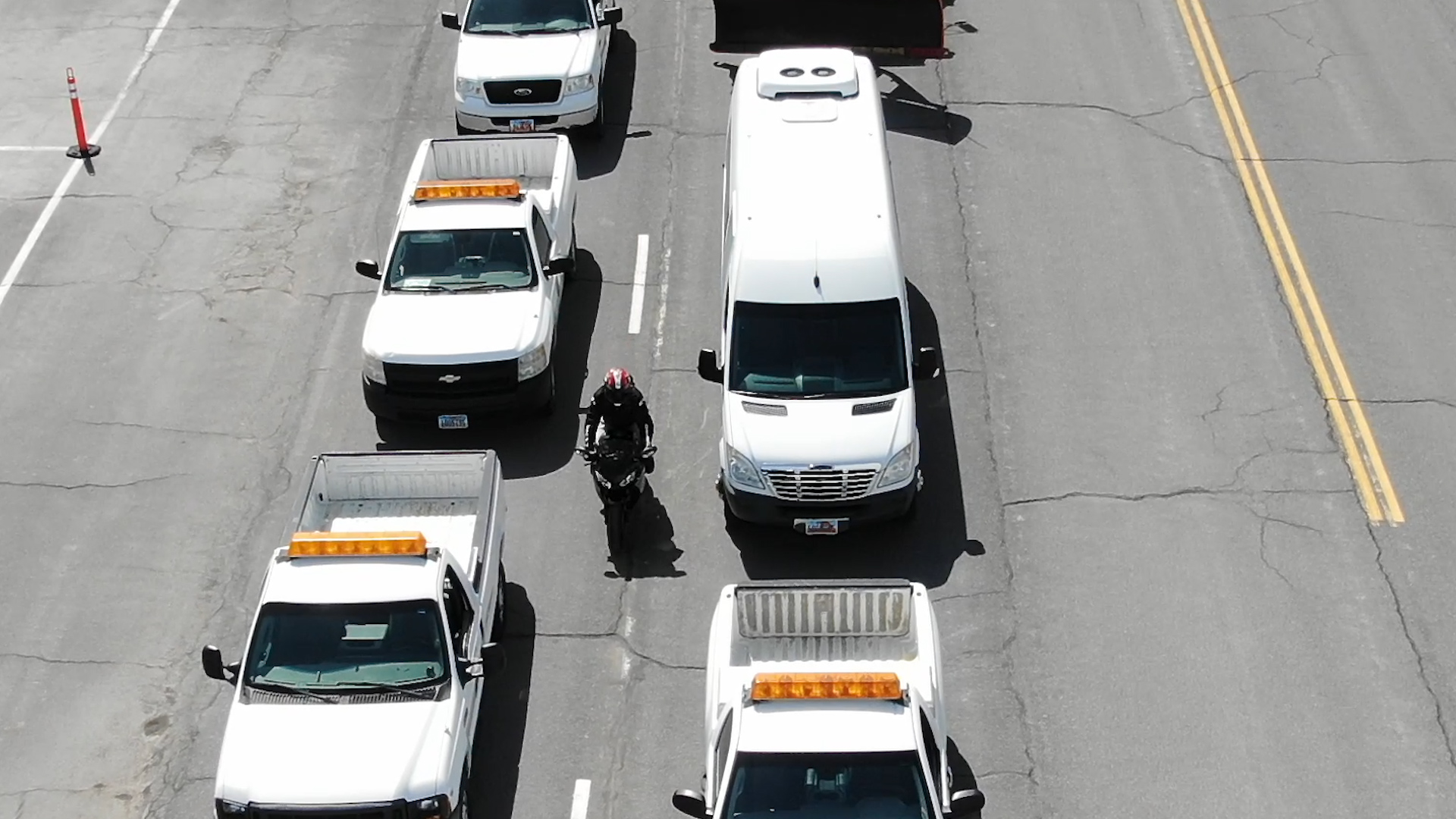
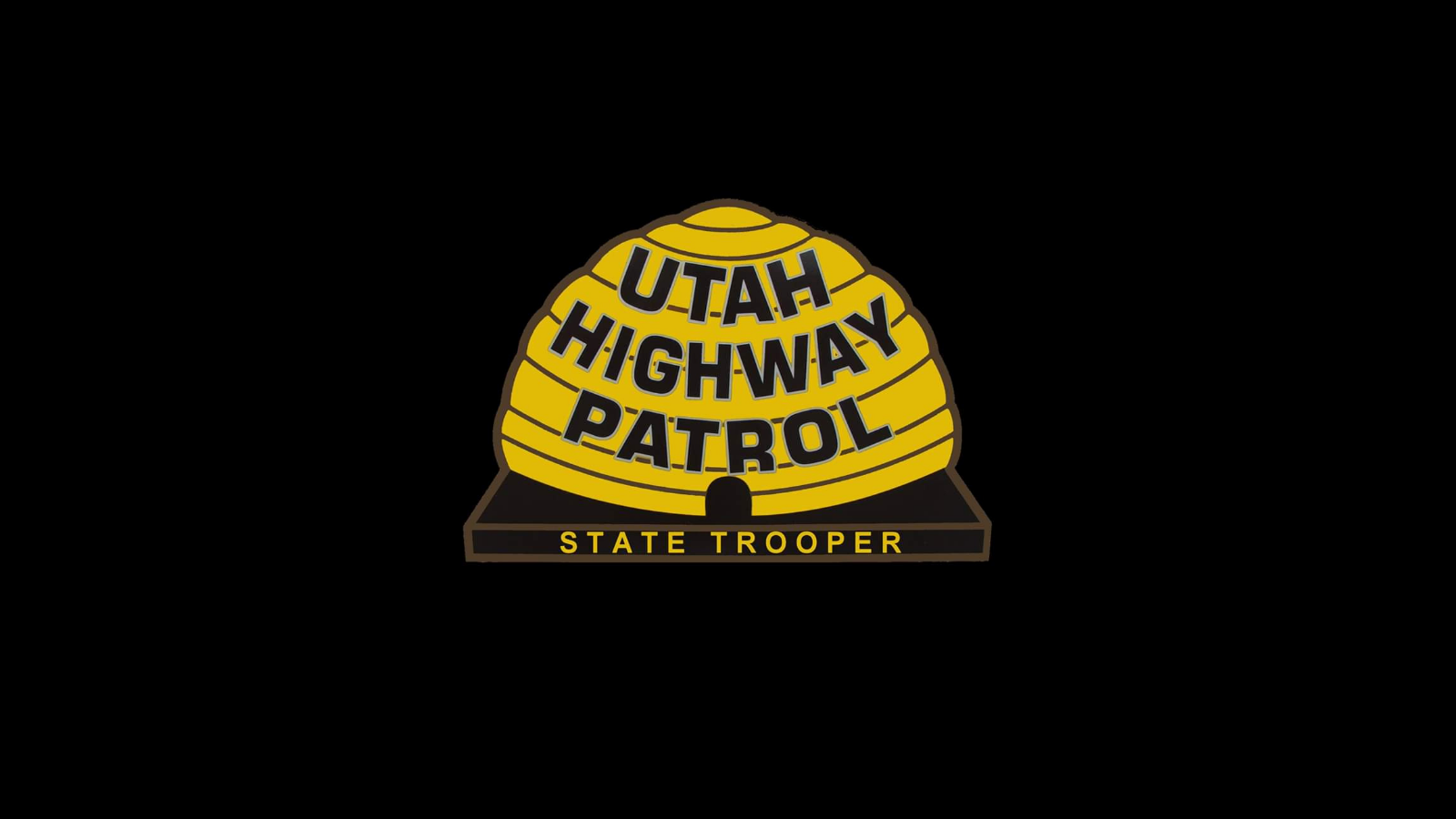
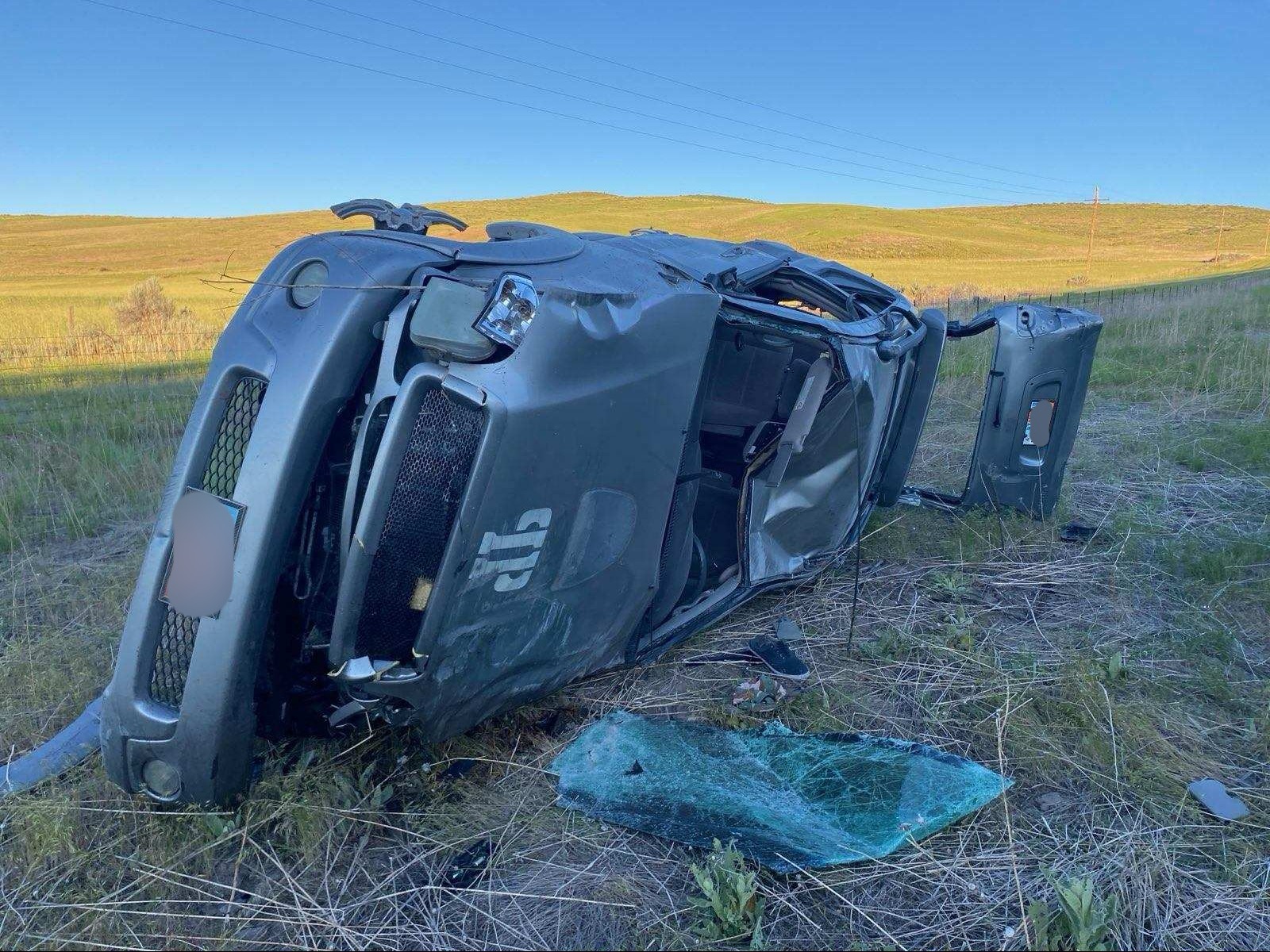

SHARE THIS STORY